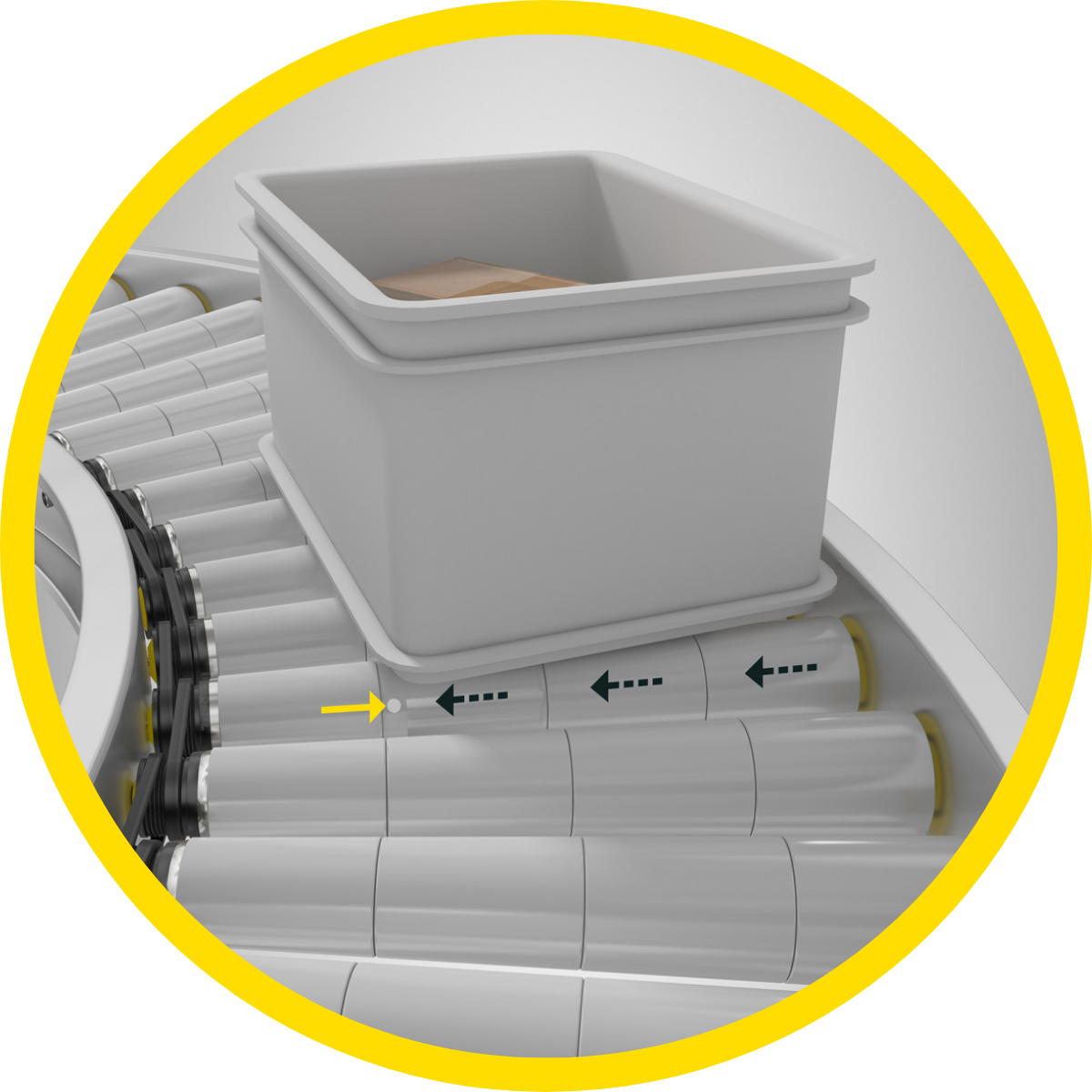United States
More countries
Menu
Service
Solutions
Sort
Pick
Convey
Store
Industries
Airports
Courier, Express & Parcel
Fashion & E-Commerce
Food & Beverage
Manufacturing Logistics
Storage & Distribution
Tire & Automotive
Products
Unit Handling
Pallet Handling
Unit Handling
Pallet Handling
Unit Handling
Rollers and Wheels
Drives
Controls
Conveyors
Power Supplies
Sorter
Carton Flow
Pallet Handling
Rollers
Drives
Controls
Modular Pallet Platform
Stacker Crane
Transfer Car
Pallet Flow
Smart Pallet Mover
Tools & Downloads
Tools & Downloads
Software Downloads
Tools & Downloads
Belt Drive Matchmaker - BDMM
CAD Download
Downloads
E-learning
Lifetime Service
Software Downloads
MultiControl
Pallet Control
Company
About Interroll
Technology
Investor Relations
Sustainability
About Interroll
Culture and Values
Corporate Governance
Corporate Compliance
Interroll Academy
Careers
Technology
Centers of Excellence
Innovation Projects and Development Center
Digitalization
MicroHubs
Energy Efficiency
Logistics Industry Outlook
Investor Relations
Ad Hoc Press Releases
Stock Information
Reports and Publications
Annual General Meeting
Financial Calendar
Financial Analysts
Alternative Performance Measures
Investor Relations Contact
News service & Press Contact
Sustainability
Sustainability Management
Sustainable Development Goals
Sustainability Report
ESG Download Center
News & Events
Events
Press Releases
E-Moving Magazine
News Service & Press Contact
PR material / Gallery
References

Interroll's innovative solution makes it easy to build roller curves and ensures a smooth and reliable material flow.
The innovative solution is available for RollerDrive and the 1700 KXO and 3500 KXO roller series. This means that all tapered elements that are based on a 50 mm diameter are available at 1.8 degrees in grey and black, as well as at 2.2 degrees in grey.
Roller curve conveyors can also be designed with cylindrical rollers. However, these cause the material being conveyed to move in the direction of the outer radius and come into contact with the side guide. The friction between the material being conveyed and the side guide may then lead to damage to the conveyed material and/or the side guide.
Interroll therefore recommends the following: Roller curve conveyors should always be equipped with distinctively conical rollers. Interroll offers various series of these. Tapered elements that are pressed on a cylindrical steel pipe are always used here.
Yes, the disadvantages of conventional solutions become particularly noticeable at higher conveyor speeds. This is especially true if roller curve conveyors that have not been designed and installed optimally are used, or if conveyed materials other than those intended are subsequently transported.
This is because from speeds of around 0.8 m/s, the centrifugal force becomes greater than the frictional force, causing the material being conveyed to move outwards in the curve. In the process, the material being conveyed exerts a counter force on the tapered elements of the roller in the direction of the inner radius of the curve.
If this happens over an extended period of time, it increases the risk that the tapered elements on the roller's steel pipe will move. Gaps may appear between the elements on the roller and/or contact may be made with drive elements, such as the PolyVee belt, causing damage.
As part of its strategy of continuously optimizing its products, Interroll has developed an innovative solution for this. The tapered elements are secured onto the steel roller from the inside, which prevents the possibility of them moving. One important advantage of this solution is that it is not just hidden from the user, but it also does not affect the flow of goods.
If the tapered elements were locked from the outside, by contrast, even the smallest of interfering edges or points of interference on the surface could not be prevented. These "points of interference" have the disadvantage that they "collect" parcel string, adhesive tape and other parts of the conveyed material, and they may even damage the packaging. Smooth and reliable transport would then no longer be guaranteed.
In addition to fixing the tapered elements, their material has also been improved. This means that the grey and black tapered elements are also suitable for freezing. They can therefore be used without any problems in operational environments with temperatures as low as -28°C.
Furthermore, the black elements are also designed to be anti-static – this is particularly important for roller curve conveyors because the conical design of these rollers causes friction, which creates a static charge. If it is not possible to correctly earth all of the components, this may lead to electrostatic discharge. This charge can be unpleasant for the user and may also represent a risk to delicate conveyed material or the electronics of the conveying technology. Interroll therefore recommends that roller curve conveyors should always be earthed.

